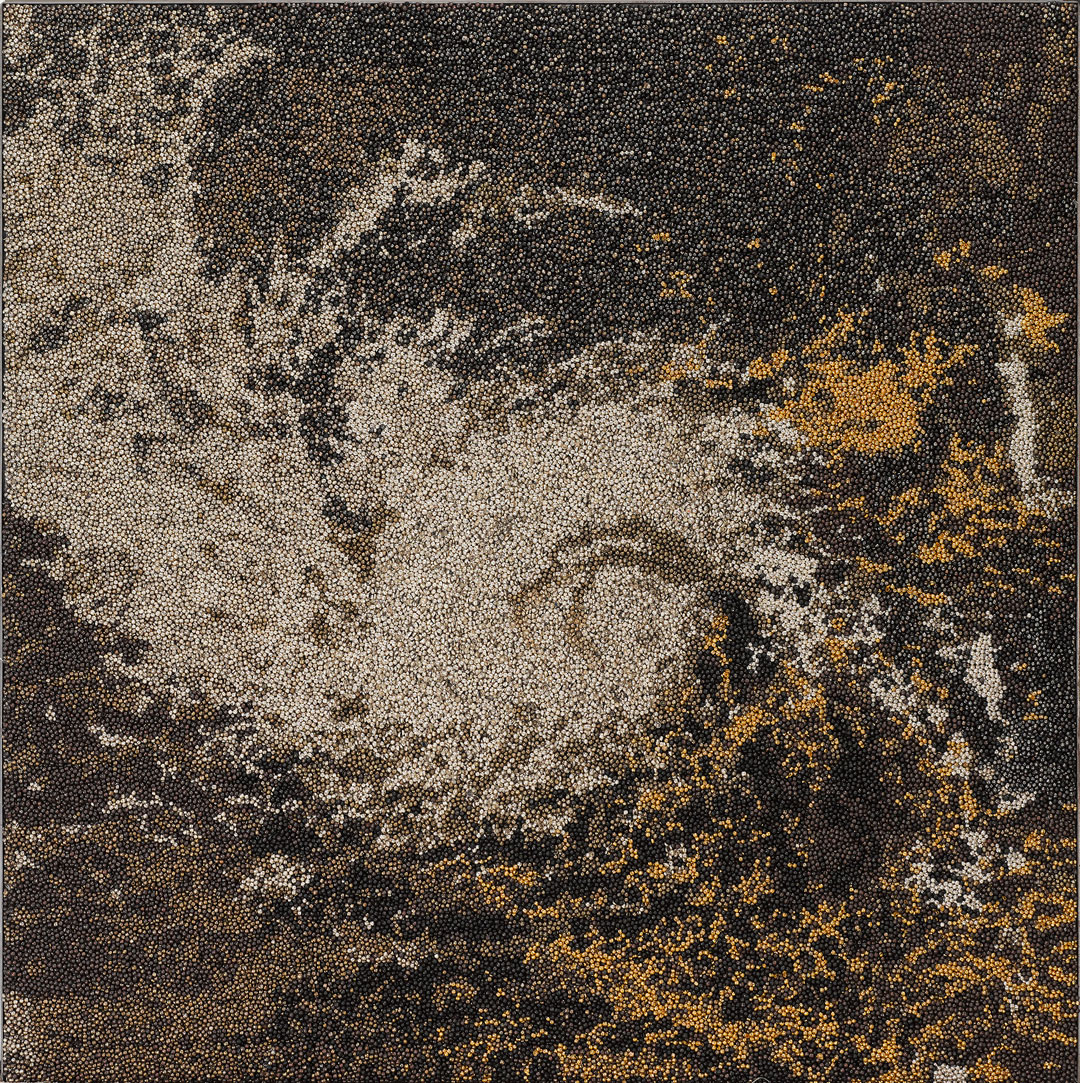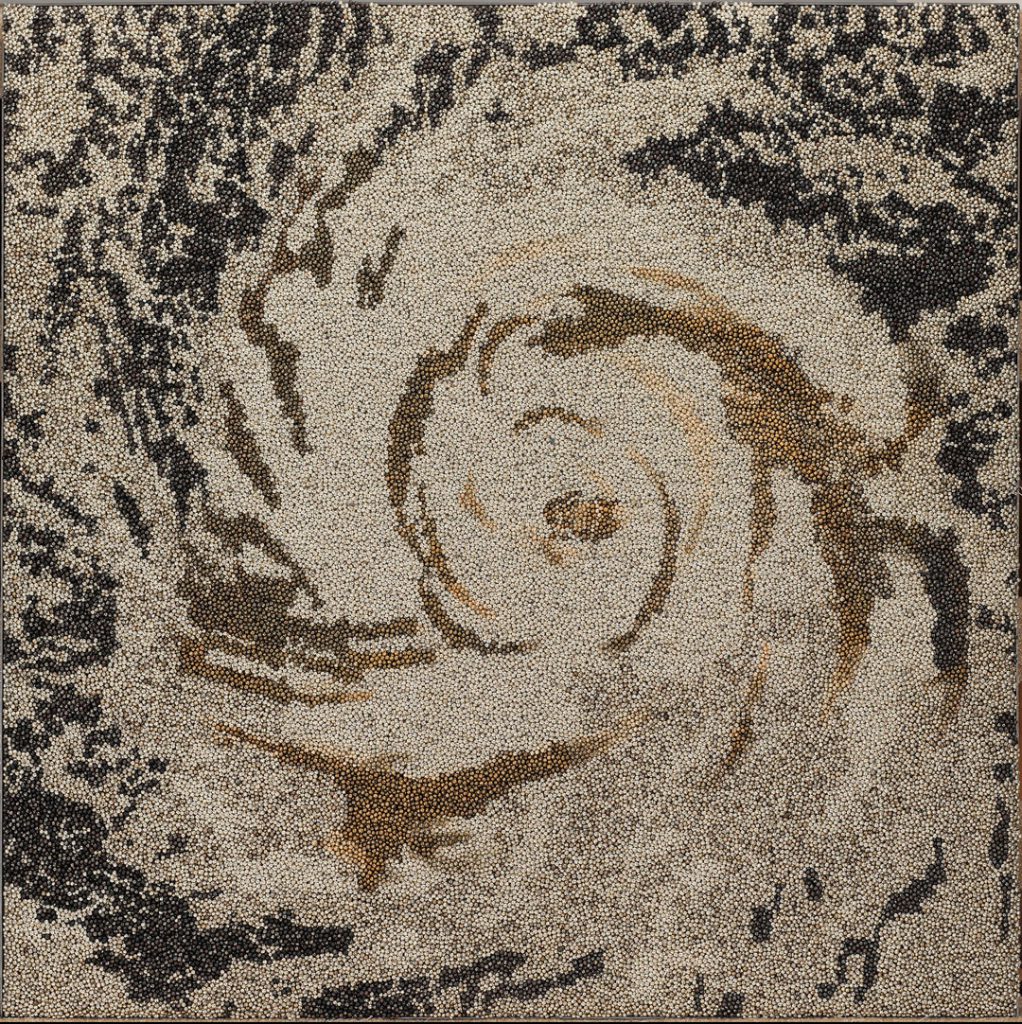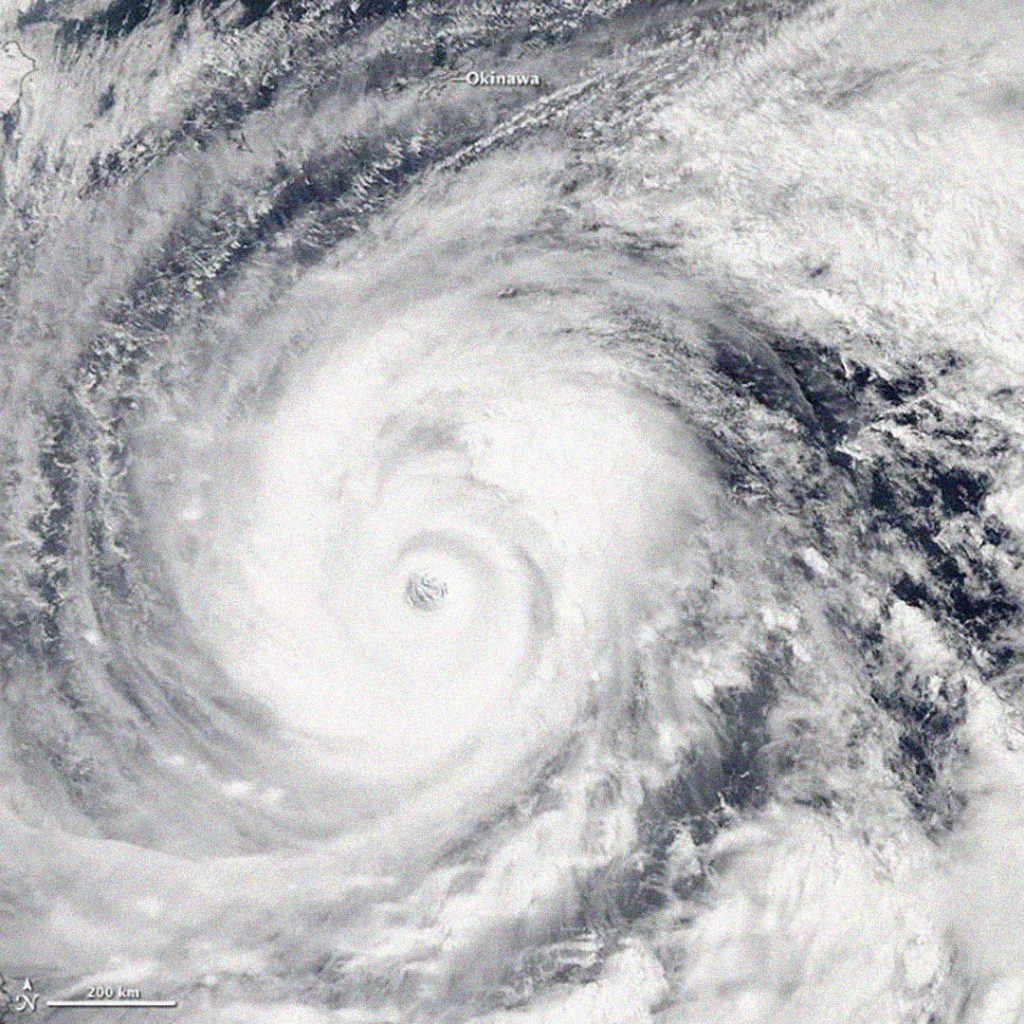Object of the Week: 205 kmph-950 hPa
Monday is Earth Day—a day designated for the demonstration of support for our planet and its protection. Personally, it feels harder and harder to celebrate this day with a clear conscience, knowing how we are fully responsible for bringing ourselves to the brink of irrevocable environmental damage. The pressure placed on us as individuals to solve the issue of climate change (as if it is just one issue) through lifestyle choices distracts from the need for major policy changes and collaborative global initiatives on the highest level.
In the words of David Wallace-Wells, from his new book The Uninhabitable Earth: Life After Warming:
The slowness of climate change is a fairy tale, perhaps as pernicious as the one that says it isn’t happening at all, and comes to us bundled with several others in an anthology of comforting delusions: that global warming is an Arctic saga, unfolding remotely; that it is strictly a matter of sea level and coastlines, not an enveloping crisis sparing no place and leaving no life undeformed; that it is a crisis of the “natural” world, not the human one; that those two are distinct, and that we live today somehow outside or beyond or at the very least defended against nature, not inescapably within and literally overwhelmed by it; that wealth can be a shield against the ravages of warming; that the burning of fossil fuels is the price of continued economic growth; that growth, and the technology it produces, will allow us to engineer our way out of environmental disaster; that there is any analogue to the scale or scope of this threat, in the long span of human history, that might give us confidence in staring it down.
Environmental activism is urgent and necessary, and art can act as the medium through which politics emerge. Take Vibha Galhotra’s work—205 kmph-950 hpa and 60 kmph-998 hPA from 2015—which directly addresses globalization and climate change. The patterns in each are derived from satellite images of hurricanes and typhoons (which have only increased in size, power, and occurrence) and are identified by the strength of the storm. 205 kmph-950 hpa references 1994’s Hurricane Gilma while 60 kmph-998 hPA refers to Typhoon Vongfong, the most intense tropical storm to take place in 2014, causing significant damage to Japan. Vongfong’s intense winds and rain created sediment plumes that were visible from space. I repeat: visible from space.
Based in New Delhi, Galhotra’s larger practice is dedicated to examining the environmental and social impact of globalization and urban growth—both in New Delhi and beyond. For this reason she employs local women in her studio, many of whom lack jobs and are unable to find work outside the home. She often uses culturally specific objects such as ghungroos, small metal bells traditionally worn by Indian dancers, to make explicit the close connection between mass production of goods, urban growth, and environmental impact. In the words of the artist, “Global warming is a real threat and so is terrorism. On the one hand, we are replacing natural landscapes with man-made things and then in a bid to snatch these, we spread terror.”
– Elisabeth Smith, Collection & Provenance Associate


